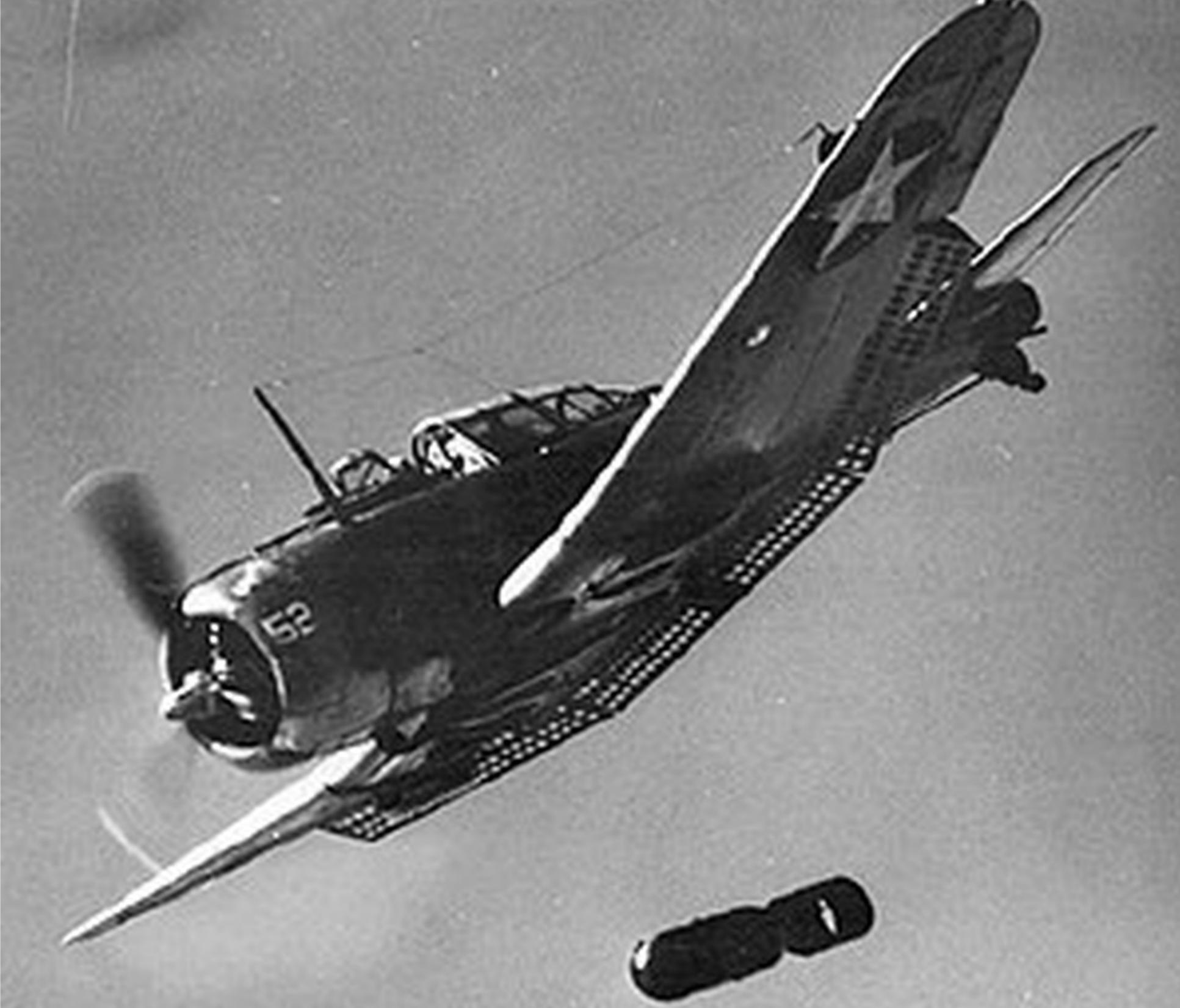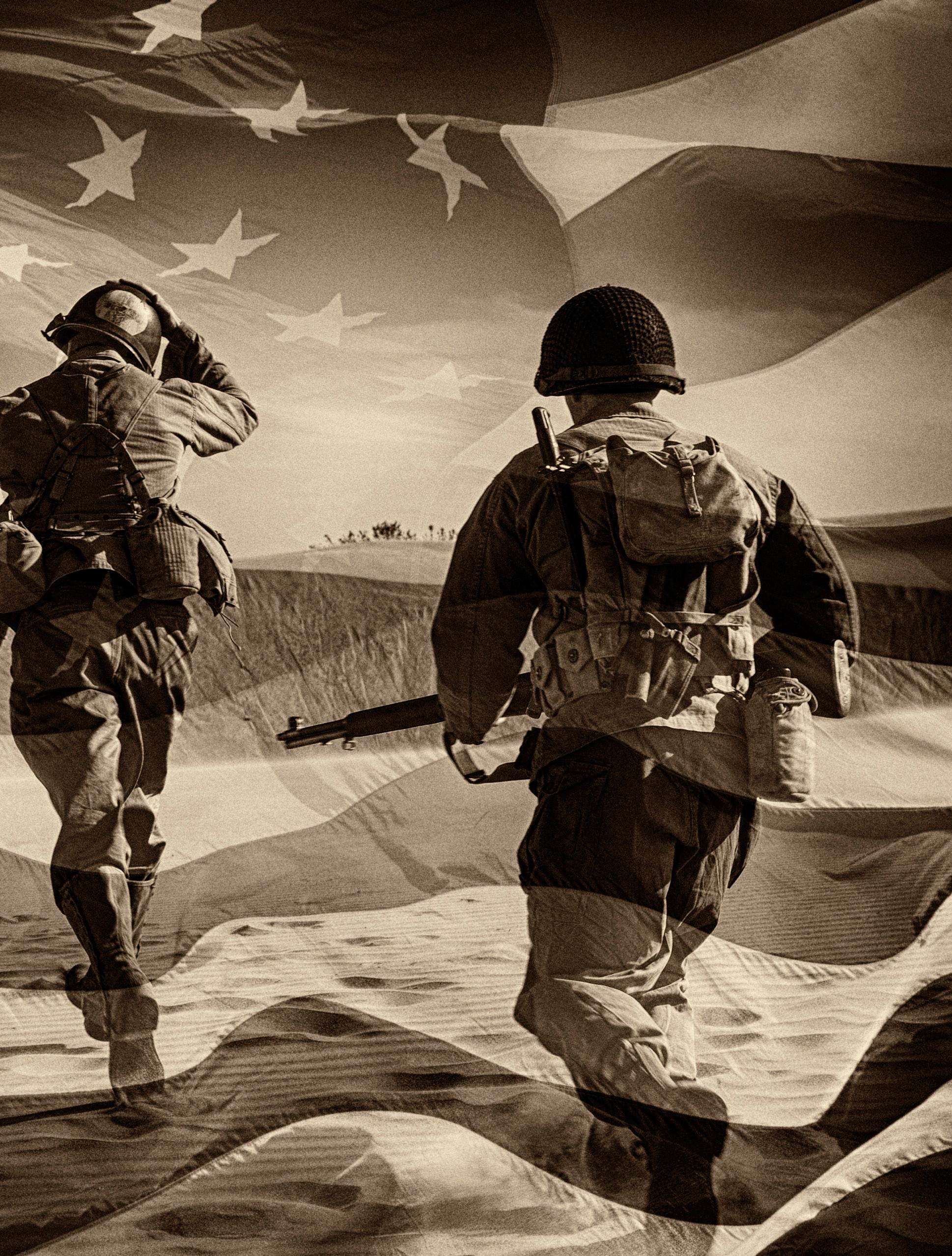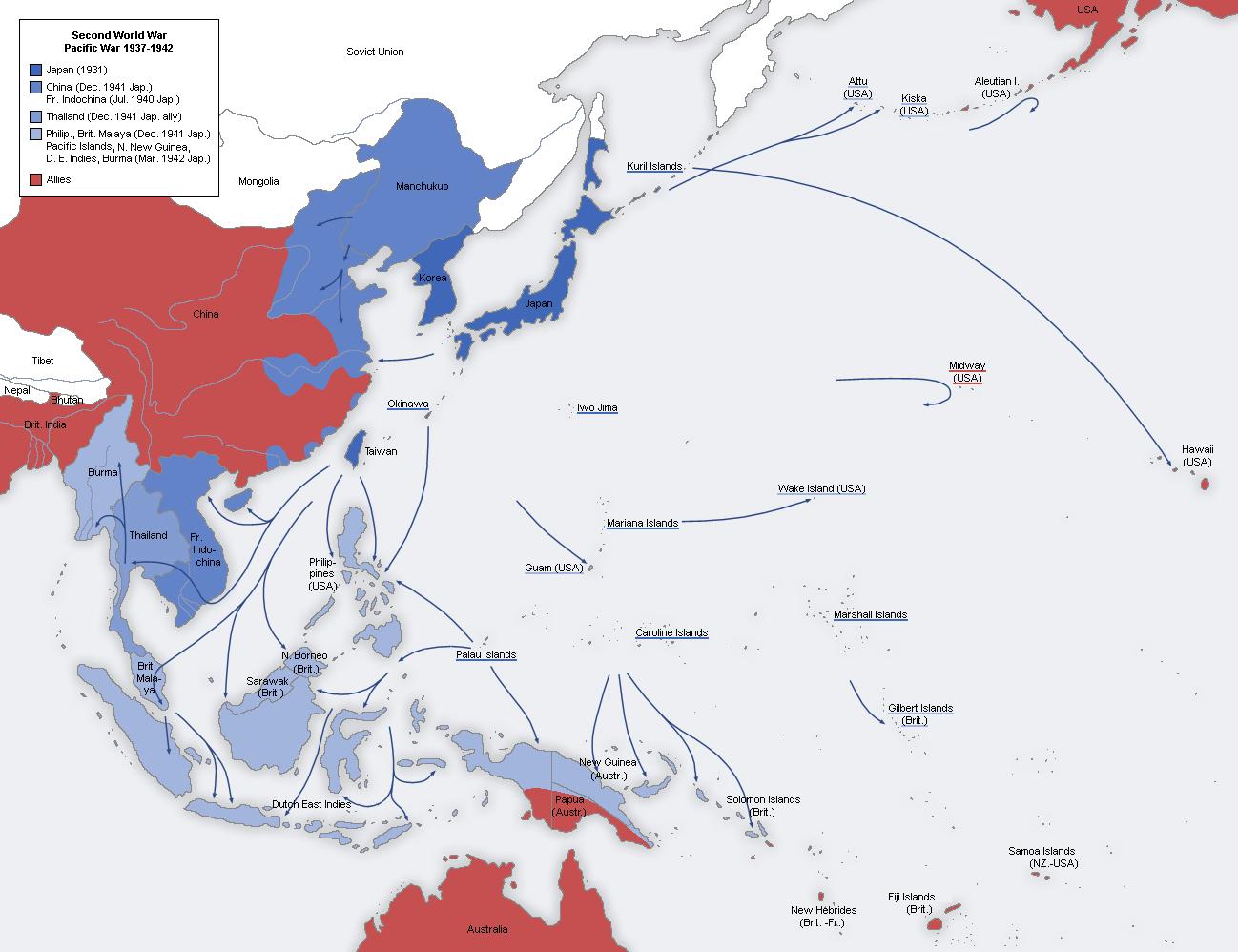
6 minute read
The Battle That Won World War II
We call them “The Greatest Generation.” They are the millions of Americans who turned our anger and outrage over the Japanese sneak attack at Pearl Harbor, Hawaii, into the greatest defeat of global tyranny our world has ever experienced. Over 400,000 young Americans came home in flagdraped coffins.
Mike Oktavec has been my best friend for 50 years. I knew Mike for 10 years before I learned his father, Charles, had lied about his age so he could join the Navy at 17-yearsold. That choice resulted in him having to wipe his buddy’s blood and brains off of his jacket at Omaha Beach on D-Day. Amazingly, Mr. Oktavec was not alone. Many Americans rushed to go to combat to protect our freedom. They did not do it for glory. They did it because the country that gave them so much needed them.
Many Texans, especially Aggies from Texas A&M, remember Colonel Earl Rudder (Class of 1932) leading his Army Rangers up the cliffs of Point du Hoc in Normandy on D-Day. Many believe D-Day was the turning point to end World War II. But the real turning point happened 732 days BEFORE DDay, north of Midway Island, which is the most northern and western part of the Hawaiian Islands.
America was fighting a two-front war. We were fighting against Imperial Japan in the Pacific region and Nazi Germany in the Atlantic theater. In Europe, we were fighting with the British. In the Pacific, America was fighting alone with all eight of our battleships severely damaged or sunk at Pearl Harbor. We only had four aircraft carriers. The Japanese had six. We were suffering defeat after defeat after defeat at the hands of the Japanese and their aircraft carriers.
The American territories of the Philippines, Guam and Wake Island were in Japanese hands. Almost all of southeast Asia was under Japanese control. On February 19th, 1942, airplanes from four Japanese aircraft carriers – AKAGI, KAGA, SORYU, and HIRYU – bombed Darwin, Australia. All four of these carriers had bombed Pearl Harbor. One Japanese bomber from the HIRYU dropped the bomb that sank the USS ARIZONA, which killed 1,177 American servicemen just getting out of bed. Unless something changed, a Japanese invasion of Hawaii was going to happen before the end of 1942. With Hawaii in Japanese hands, Los Angeles, San Francisco, San Diego, Seattle and Portland would be regularly bombed. We would likely lose the war. Morale on the home front was the lowest ever. that God gave America one golden opportunity to effectively win the Pacific War by sinking four of the Japanese carriers at Midway. He told the maintenance workers at Pearl Harbor that three months to repair the YORKTOWN was way too long. She was sailing to Midway in three DAYS! On June 3rd, 1942, the YORKTOWN joined the ENTERPRISE and HORNET north of Midway, waiting in secret for the Japanese Navy to show up and the battle to start.
In order to give America a morale boost, President Franklin Roosevelt asked our military to find a way to bomb the Japanese mainland. The Navy and Army devised a way to launch 16, land-based Army B-25 bombers from the USS HORNET. Army Lieutenant Colonel Jimmy Doolittle was selected to lead the raid on Japan. The Doolittle Raiders bombed Japan on April 18th, 1942. Each plane carried four bombs. The 64 bombs the Doolittle Raiders dropped did minimal physical damage to Imperial Japan, but the damage to their perception of being “untouchable” and “safe from invasion” was destroyed. They knew the only way America could reach Japan was from an aircraft carrier. Japan would have to provoke a fight with America and our aircraft carriers. If Japan could sink or damage the USS LEXINGTON, USS YORKTOWN, USS ENTERPRISE and USS HORNET, Japan would win World War II.
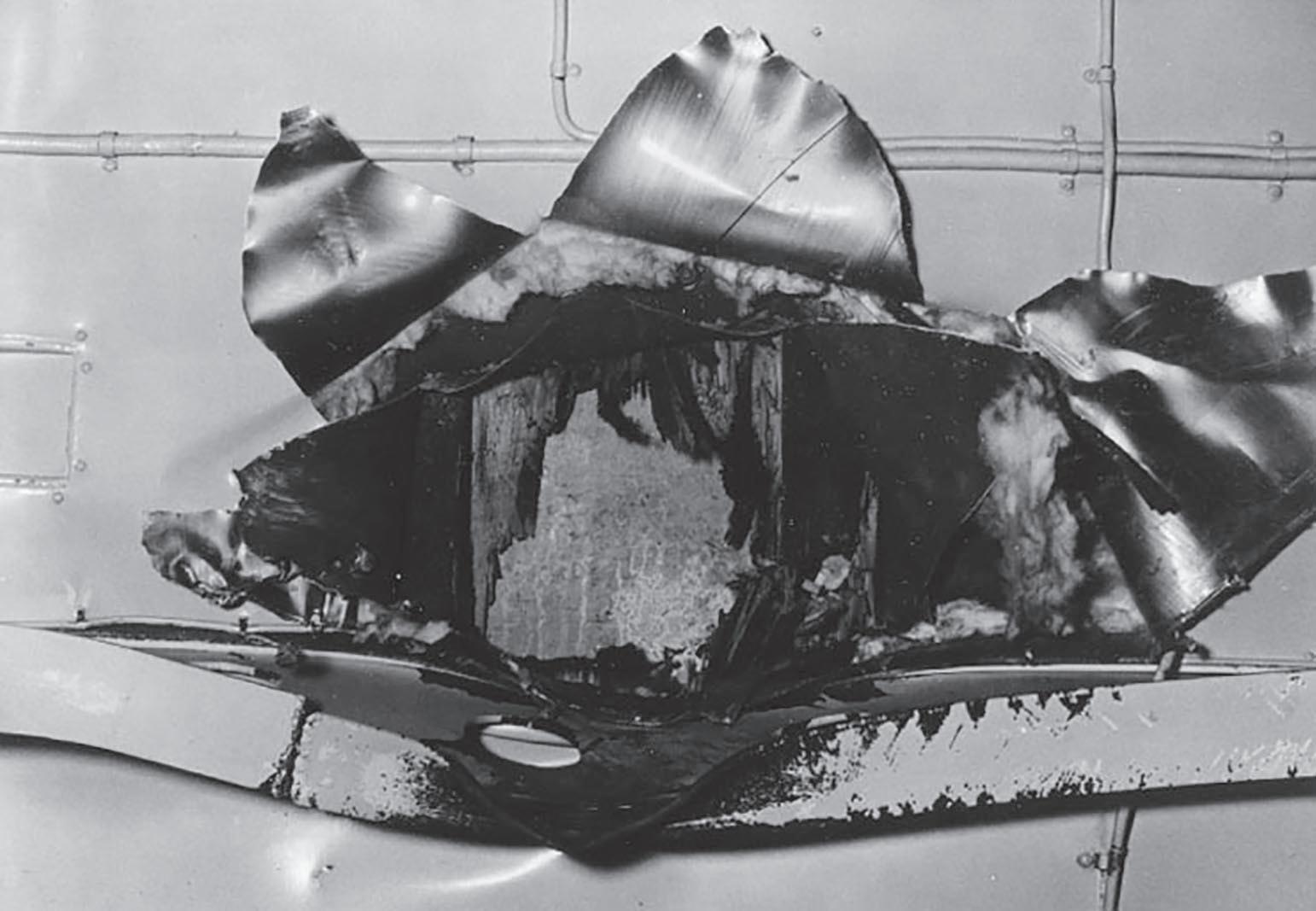
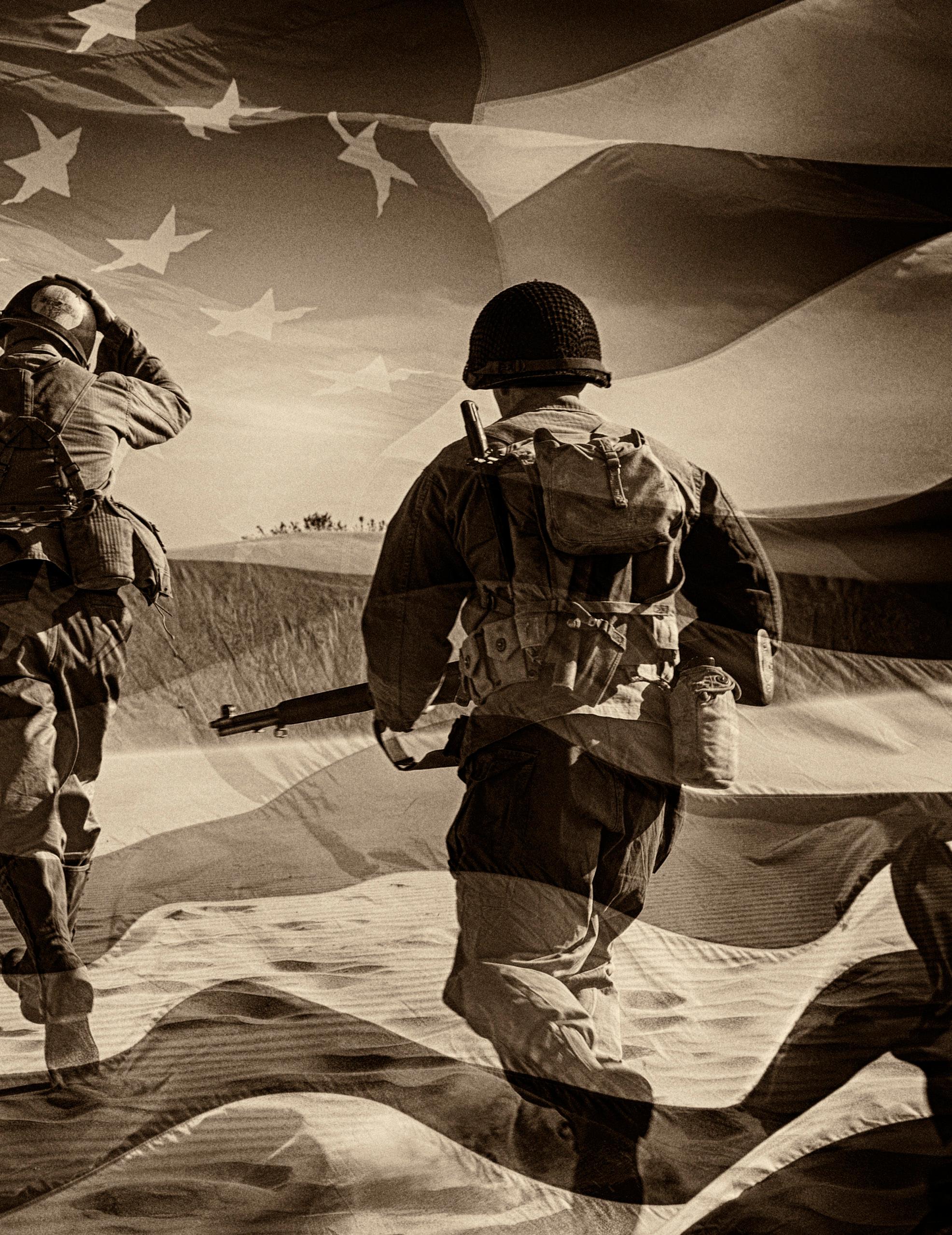
The Battle of Midway started on June 4th, 1942, when American planes from Midway found the Japanese carrier Armada just before 6 am. The Japanese Admiral, Chuichi Nagumo, was extremely worried about our aircraft carriers. They had not been spotted for three weeks. Planes from our carriers were a more dangerous threat than planes on Midway. He decided to keep one-half of his warplanes on the decks of the Japanese carriers in case our carriers were spotted.
The first wave of Japanese planes launched before sunrise with one single mission: take Midway’s runway out of
On May 8th, 1942, at the Battle of Coral Sea, the two other Japanese carriers that bombed Pearl Harbor, SHOKAKU and ZUIKAKU, were confronted by the USS LEXINGTON and USS YORKTOWN. We severely damaged the SHOKAKU, but we lost the LEXINGTON. The YORKTOWN was hit by Japanese bombs. Trailing oil the entire way home to Pearl Harbor, the YORKTOWN arrived on May 27th, 1942. The Commander-In-Chief of the U.S. Pacific Fleet, Admiral Chester Nimitz (Texan from Fredericksburg), was told the YORKTOWN would be out of commission for three months. Since we had cracked the Japanese code, we knew the AKAGI, KAGA, SORYU and HIRYU were sailing to Midway Island with an invasion force. Admiral Nimitz knew commission so planes from Midway could not attack the Japanese invasion fleet or Japanese aircraft carriers. After bombing Midway, the smaller attack force radioed they had failed to take out Midway’s runway. A second bombing would be necessary. Reluctantly, Admiral Nagumo ordered the planes sitting on his four carriers to change their bomb loads – remove torpedoes and armor-piercing bombs to attack ships – and replace them with bombs for targets on land.


Being very cautious and wary about our aircraft carriers, Admiral Nagumo ordered some reconnaissance seaplanes from his cruisers to fly over the suspected areas where he believed the U.S. carriers might be located. One of the Japanese seaplanes spotted the YORKTOWN! When the pilot tried to radio Admiral Nagumo that the enemy carriers were at Midway, God intervened. The radio was broken. The pilot would have to fly back to the Japanese fleet, land and report the American carrier presence. That would take more than one hour to do. The clock of the Japanese destruction was running.
The YORKTOWN, ENTERPRISE and HORNET had launched a huge strike force to hit the Japanese carriers at the same time the reduced Japanese force was bombing Midway. Our Devastator torpedo bombers, Dauntless dive bombers, and Wildcat fighters were supposed to stay together and attack as a coordinated unit. The coordination completely fell apart, but, once again, God intervened on behalf of the United States of America. The Japanese reconnaissance plane with the broken radio was able to finally report his siting of the YORKTOWN. Admiral Nagumo could not launch an immediate strike on our carriers because all the planes he had on his carriers’ decks were armed with the wrong weapons to attack Midway. The planes would have to be rearmed again with torpedoes and armorpiercing bombs for our carriers. More delay. In all the rush, bombs were left everywhere on the four Japanese aircraft carriers. There was no time to put the weapons in their ammunition magazines. Just as this second re-arming was nearly complete to attack our aircraft carriers, the Japanese force that had attacked Midway returned. These planes were running out of fuel; they must land ASAP or be lost. The twice re-armed planes must be taken off the flight deck. Again.
It was time for God to intervene. Again. Just as Admiral Nagumo was finally ready to launch his strike on our carriers, planes from the YORKTOWN, ENTERPRISE and HORNET attacked! Our American Devastator torpedo bombers were obsolete when the war started. They were extremely slow, lightly armed, with torpedoes that failed to explode on contact. They had lost their Wildcat fighter escorts, so they attacked without any fighter cover. They were the first American planes to attack the Japanese aircraft carriers. Being the first threat to the Japanese carriers, the Japanese Zero fighters mauled them. The ENTERPRISE lost 10 of 14 Devastators. The YORKTOWN lost 10 of 12. The HORNET’s Torpedo Squadron 8 lost ALL FIFTEEN PLANES – 44 aviators were killed. The only Devastator aircrewman from the Hornet who survived the attack was Ensign George
Gay (another Texan). Gay was about to be an eyewitness to history as he was floating among the Japanese fleet.
The heroism of our torpedo crews and George Gay was not in vain. They were sitting ducks for the Japanese Zero fighter pilots to attack. The Zeros were at sea level, tearing up our Devastators, when our Dauntless dive bombers arrived, high above the Japanese carriers. Unaffected by hostile Zero fighter planes, our dive bombers destroyed the AKAGI, KAGA and SORYU. The HIRYU had survived our attacks and had time to launch a bomb and torpedo strike which damaged the YORKTOWN. Just after 5 pm on June 4th, dive bombers from the ENTERPRISE and HORNET returned and sunk the HIRYU. In less than 12 hours, four of the six Japanese aircraft carriers that attacked Pearl Harbor were on the bottom of the Pacific Ocean. It was only a matter of time before the United States of America would win World War II.
Now you know, more than 80 years ago this month how the Battle of Midway led to the United States’ victory in World War II. The strength, perseverance and heroism shown by the Greatest Generation is Fort Bend Strong!
